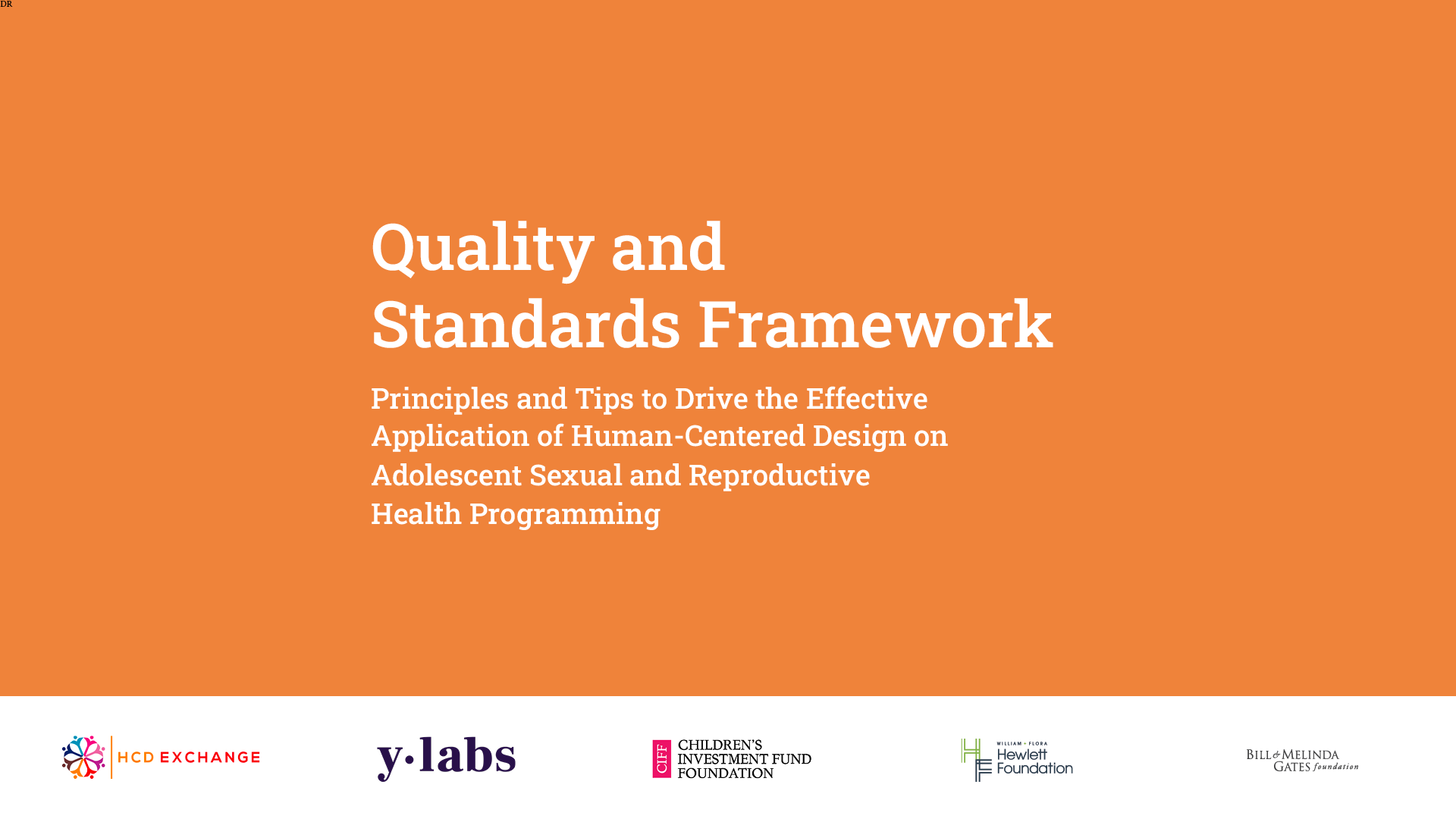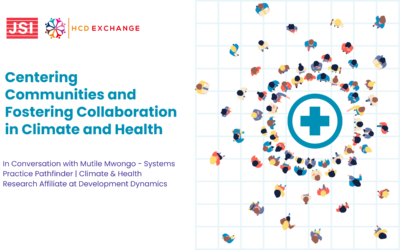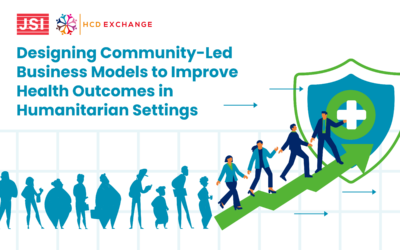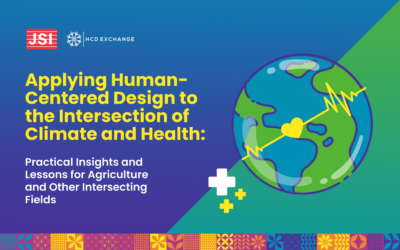By Nicole Ippoliti
Technical Director, YLabs
Nicole is a public health specialist who brings extensive experience leading the design and implementation of global adolescent programming focused on behavioral and social norm change. She is part of the Quality and Standards Working Group at the HCDExchange that collectively developed the framework.
It’s the first of its kind
For nearly a decade, the design and public health sectors have used a human-centered design (HCD) approach to bring new energy, creativity, and innovation in the adolescent sexual reproductive health (ASRH) space. Yet, throughout this time, there has not been consistent guidance or definition of what quality means when applying HCD to ASRH programming. On behalf of the entire HCDExchange Community of Practice, we are delighted to announce a new guiding framework (Quality and Standards Framework) to help us understand what quality looks like when merging the two disciplines of design and public health for ASRH, and how to achieve it. The Framework launched this year is the first of its kind and has been warmly received by the ASRH sector. By ensuring practitioners are equipped with a set of quality standards, the framework paves the way for the safe, effective, and inclusive practice of designing ASRH interventions with and for young people.


It was created with practitioners, for practitioners
The application of HCD to ASRH programming is a relatively new practice. As a result, there is little public evidence on what quality approaches look like in design and implementation. The framework leveraged best practices from leaders in both the design and public health field to guide the creation of a set quality standards. It was developed in partnership with the HCDExchange Community of Practice over a period of six months, specifically with the experts and practitioners in the Quality and Standards Working Group.
It includes a set of principles with tips and resources
The framework highlights eight principles with corresponding tips and resources, all of which were informed by the best practices and lessons learned from the sector’s integration of public health, design, and youth engagement. In order for the design and public health sectors to work harmoniously and effectively towards advancing adolescent health, it is recommended that practitioners consider how all eight quality domains can be addressed throughout the design and implementation phase. Although these principles were developed for the application of HCD on ASRH interventions, they also have relevance to broader global health programming.





